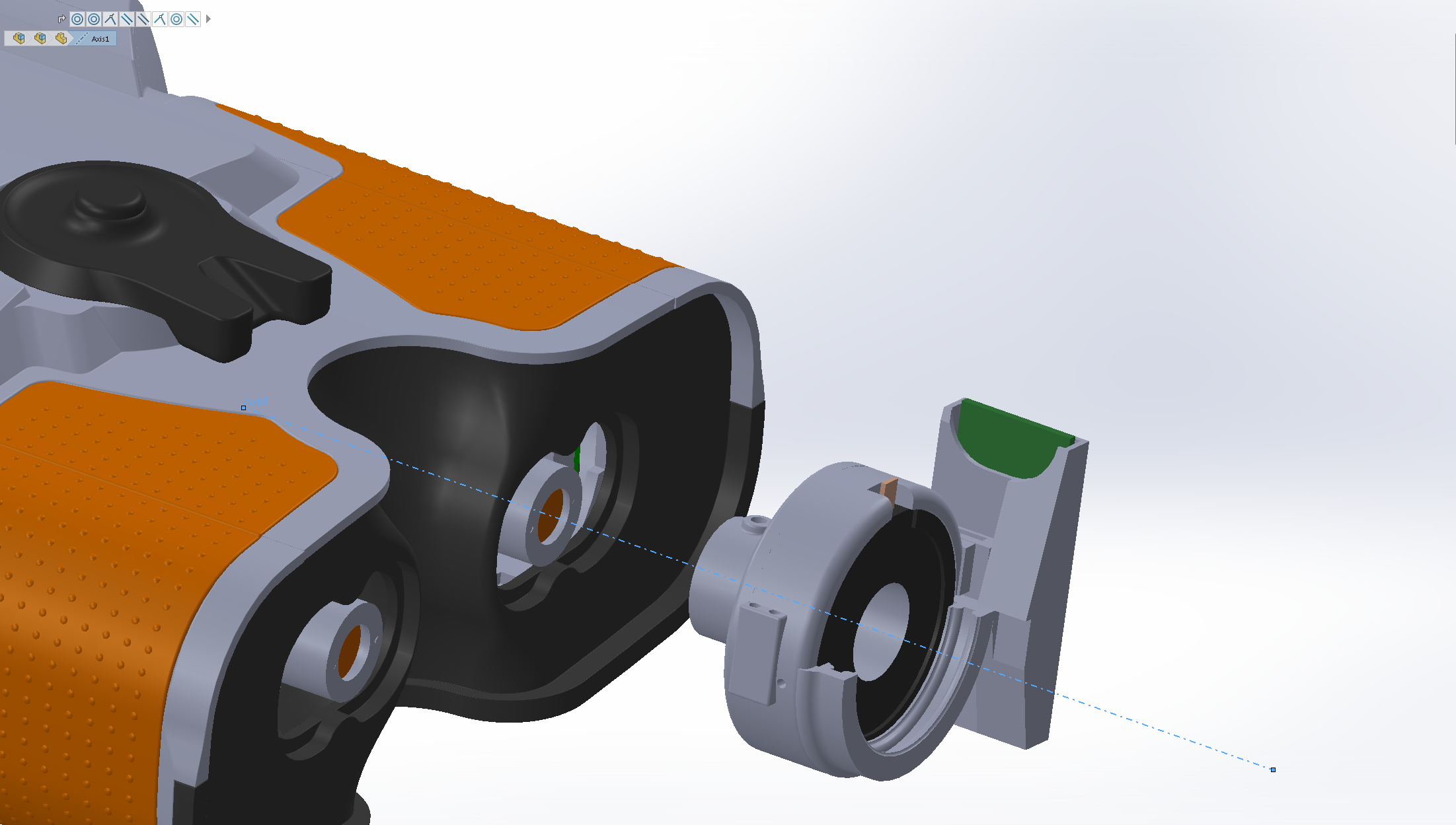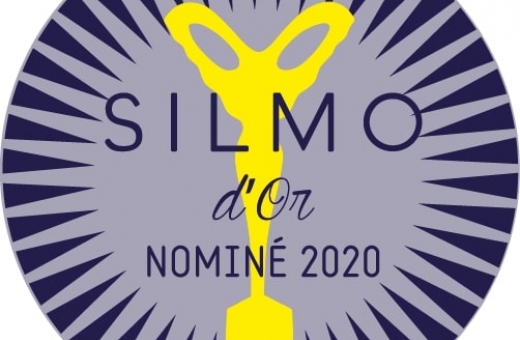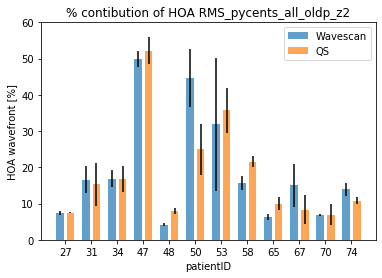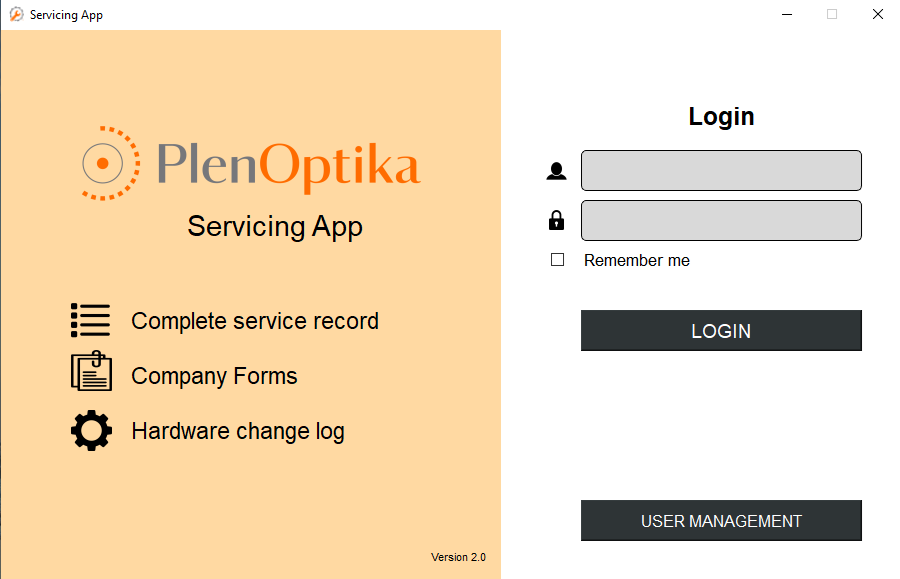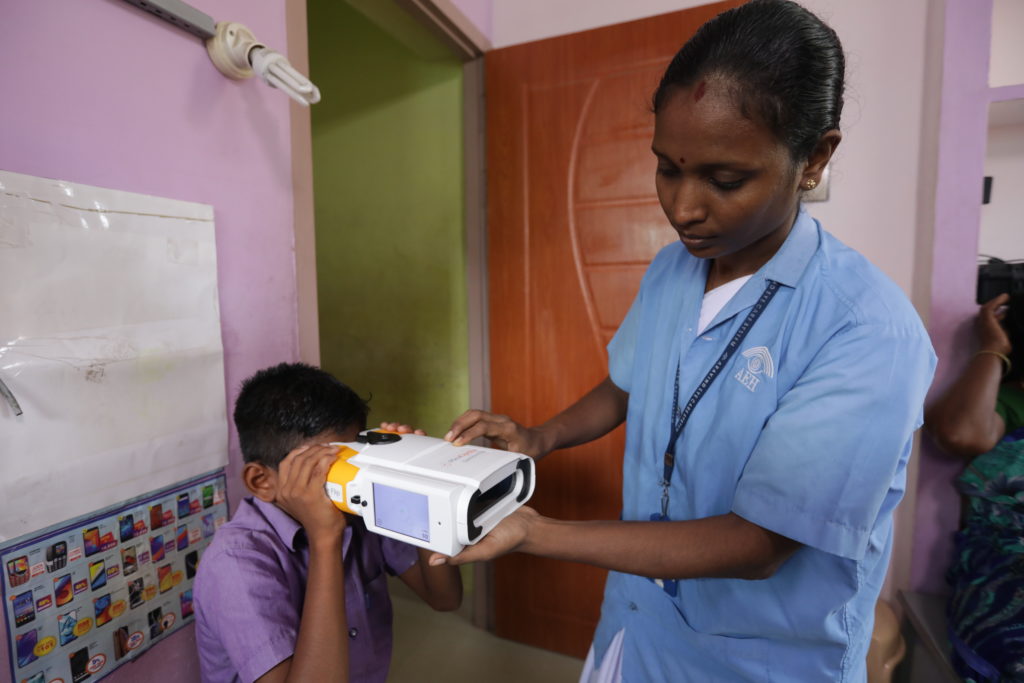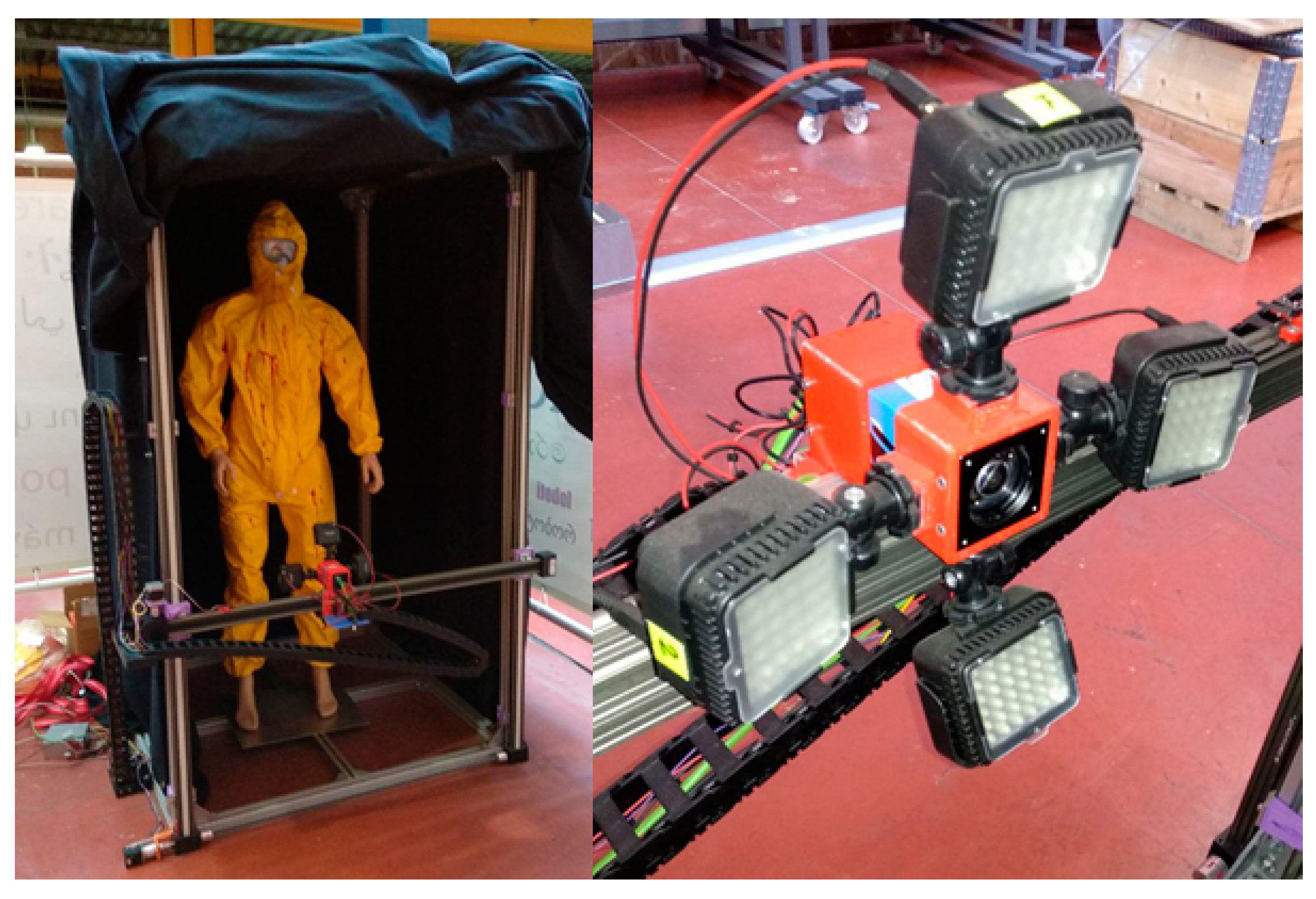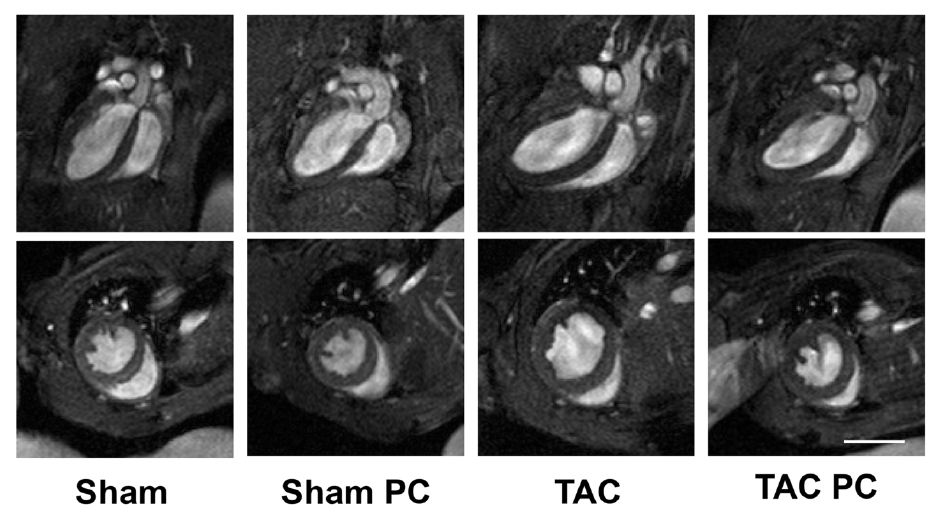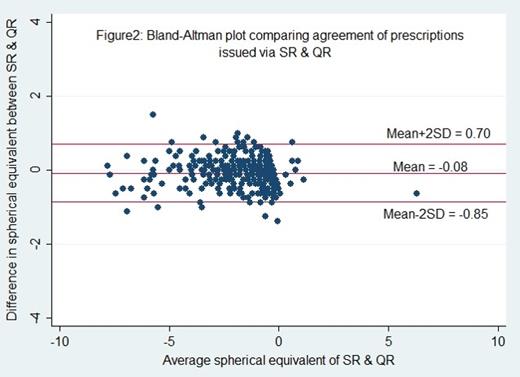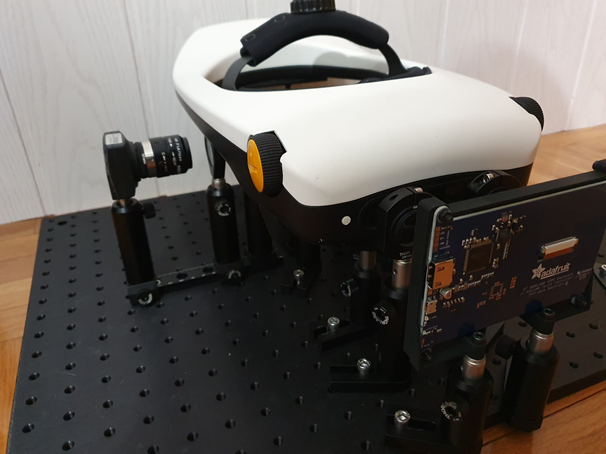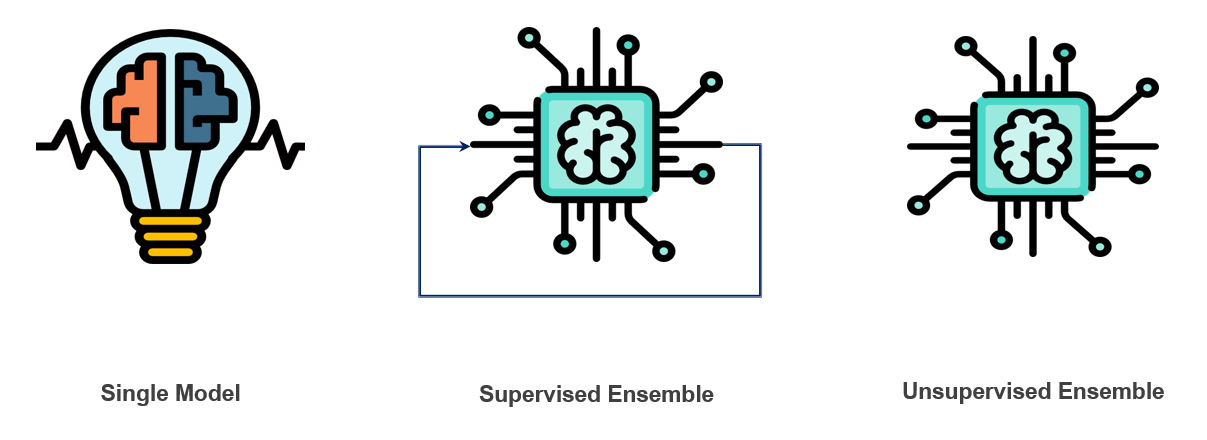A new study published in PLoS ONE, “Assessment of the QuickSee wavefront autorefractor for characterizing refractive errors in school-age children,” finds QuickSee ideally suited to refracting children in school screenings and public health outreach.
The study, conducted at the Ophthalmology Department of Fundación Jiménez Díaz Hospital included 123 children with moderate refractive error, with and without cycloplegia. Researchers compared QuickSee’s results favorably with those of a top table-mounted autorefractor.
The authors concluded, “the high-level of agreement between QuickSee and subjective refraction, as well as the resulting VA achieved by the patients in both study groups, suggest that the device would serve as a useful autorefraction tool for pediatric populations. Furthermore, the device’s robust screening metrics, along with its ease of use and handheld form factor, support its use as a pediatric vision screening tool.”

